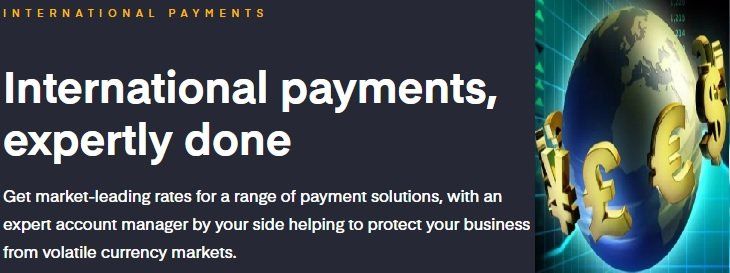How to Pick Funds – tips to pick your portfolio
Guide to Portfolio Diversification
What is your Investment Objective?
To help you determine your investment risk profile, you will need to set your investment goals and risk tolerance. To do that you must answer some specific questions.
- What are you investing for? – Short term income goal like saving to buy a house, pay for your children’s education or just for a rainy day. It could also be for long-term appreciation (capital gain) for a pension retirement plan.
- Can you tolerate a portfolio that may have high volatility with potentially higher returns or do you prefer a conservative strategy?
- What is your priority? – Avoid loss, slow and steady growth, willing to lose some to gain more later, focused on growth only, risk losses now for higher potential returns later.
- What is your investment time horizon? – Do you need your funds to be liquid (able to cash out anytime) in the near future or are you happy to lock it away for years in anticipation of higher value?
- What are you happy to pay the portfolio manager to actively manage your money – 1%, 3% or 5% of amount invested?
Beyond these questions you will need to analyse available fund managers, look at each fund's performance history, management team, and expense ratio (ratio of total cost of running the fund to its total asset value), rating, investment strategy, etc. Fund Managers do detailed research on assets (stocks, shares, bonds, funds, etc.) and analyse industry sectors, macroeconomic and political trends, company fundamentals and many other factors when making investment decisions. The ability to do these analyses costs money. Actively managed funds seek to outperform a designated benchmark like the FTSE 100 index, hence their fees can be higher. For similar reasons, expense ratios can vary widely too, for different funds.
What’s the best time to start investing?
Experts’ Favourite Funds
- HetoGrow EMEA Treasury High Yield income fund – HetoGrow is the brand name or fund sponsor / manager, EMEA is the location the fund invests in, treasury high yield is the asset type it invests in, and the fact that it has income fund in the name tells you it is a low risk fund that pays regular income.
- HetoGrow APAC Growth Fund – this would be a growth fund that specialises in investments in the Asia Pacific region. Note that this regional fund will likely be more risk diversified compared to a fund that invests only in just one country within that region.
- HetoGrow Global Equity Fund | accumulation – the name indicates that this fund would specialise in equity investments anywhere in the world. By nature, equity tends to be risky and stock market prices can be volatile. However, the risk is spread by investing in different markets all over the world’s leading capital markets.
- HetoGrow Africa Speciality fund | Accumulation USD – the name indicates that this is a US Dollar denominated fund that invests in specialty assets / projects in Africa with a long term view, as indicated by the accumulation appendage of the name.
- HetoGrow UK Mid 250 Income Fund – indicates that this fund invests in the FTSE 250 (footsie 250) listed companies on the London Stock Exchange. This is the second category after the top 100 companies listed on the stock exchange. This category if often referred to as mid-caps by analysts. The index can be highly volatile due to geo-political and other external factors. Expectedly, it tanked following the Brexit referendum.
- HetoGrow FT100 Fund | GBP Acc – this would focus on FTSE 100, a collection of the biggest 100 companies listed on the UK stock exchange. These companies are often called “blue-chip” and they can be more resilient to market volatility compared to FTSE 250. The name also indicates that this is a GBP denominated accumulation fund so it has a long term investment horizon.

